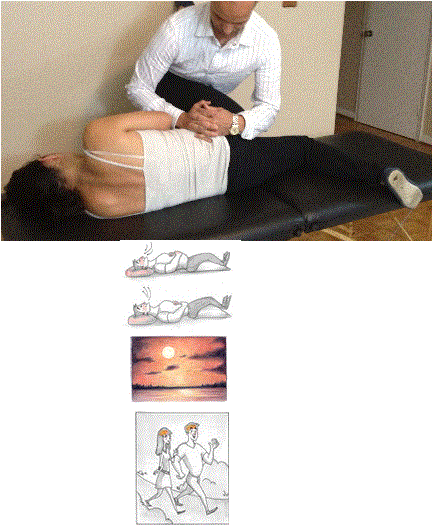Do Spinal Manips Help Chronic LBP?
Reference:Rubinstein SM1, et al Spinal manipulative therapy for chronic low-back pain. Cochrane Database Syst Rev. 2011 Feb 16;(2)
Although as physiotherapists we clearly differentiate between manipulation and mobilization, in many papers the phrase spinal manipulative therapy (SMT) includes both manipulation (high thrust) and mobilizations. This 2011 systematic review investigated the effectiveness of SMT in adults with chronic low-back pain (LBP) and included 26 RCTs (involving 6070 patients).
Conclusion #1: SMT has a small, statistically significant benefit, providing short-term pain relief and improving functional scores
Conclusion #2: Although statistically significant, the small benefits are not clinically relevant, when compared to other interventions (i.e. pain education, functional goal setting, exercise).
Conclusion #3: No serious complications were observed with SMT.
Personal Comment: We can basically conclude with what we already know? patients with chronic LBP require a lot more than just a click or pop to functionally improve.
As it is summarized in The Pain Truth book, to recover from a persistent pain state all 6 essentials of life must be addressed.
Oxygen: Via appropriate breathing and daily aerobic exercise
Water: Sufficient fluid intake (beer, pop and coffee do not count)
Food: 3 servings of vegetables and 2 fruits
Sleep: There are many non-pharmaceutical treatments and suggest a sleep clinic if at risk of sleep apnea Sun: Spend time outdoors. Sit or walk in the park rather than staying cooped up indoors all day
Joy: Find what you enjoy in life and do it; volunteer, meet friends, play or listen to music, etc.
Once again, it takes more than just a click or a pop to recover from a persistent pain state. Do we really need more RCTs to prove that manual therapy on its own is ineffective?
Posted on: June 12, 2014
Categories: Lumbar Spine


